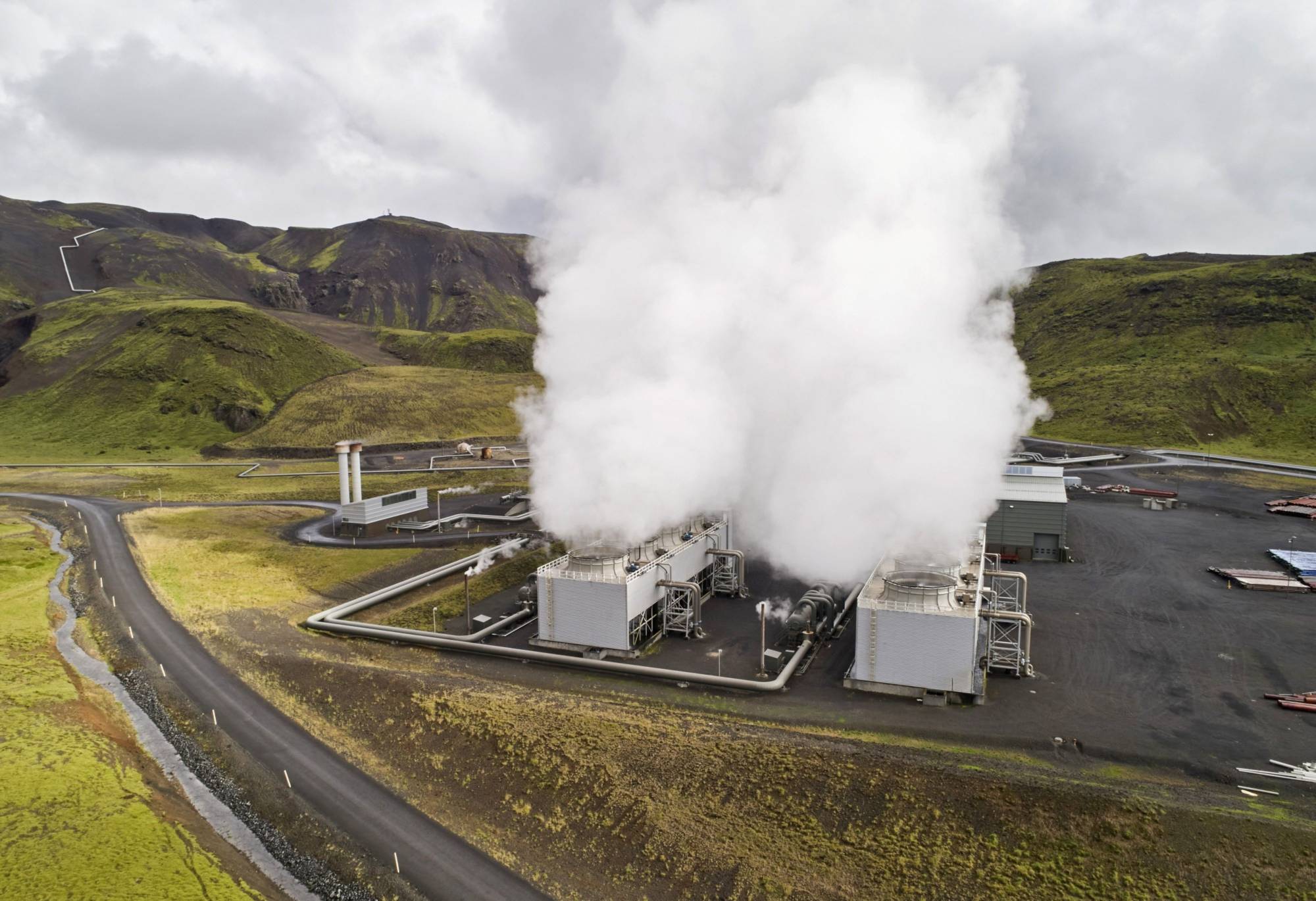Beneath the road on a snow-dusted mountain in the Hellisheidi region of southwestern Iceland, a river of boiling water flows through porous, volcanic rock. Above, thick steel pipes connect to geodesic domes, each of which houses a geothermal well.
Steinthor Nielsson, a senior geologist with ISOR (Iceland Geosurvey), parks his car near one of the rounded huts. He and his team analyze rock samples taken from boreholes to figure out the best way to drill, and then track how the supply of hot water is affected by tapping its steam, which is used to create electricity for this area, as well as the capital of Reykjavik.
Formed 60 million years ago, Iceland is the youngest country on earth, and it’s still growing. The North American and Eurasian tectonic plates form a thick seam up the Arctic country that’s pulling apart, releasing fresh magma one ripped stitch at a time.

















With your current subscription plan you can comment on stories. However, before writing your first comment, please create a display name in the Profile section of your subscriber account page.